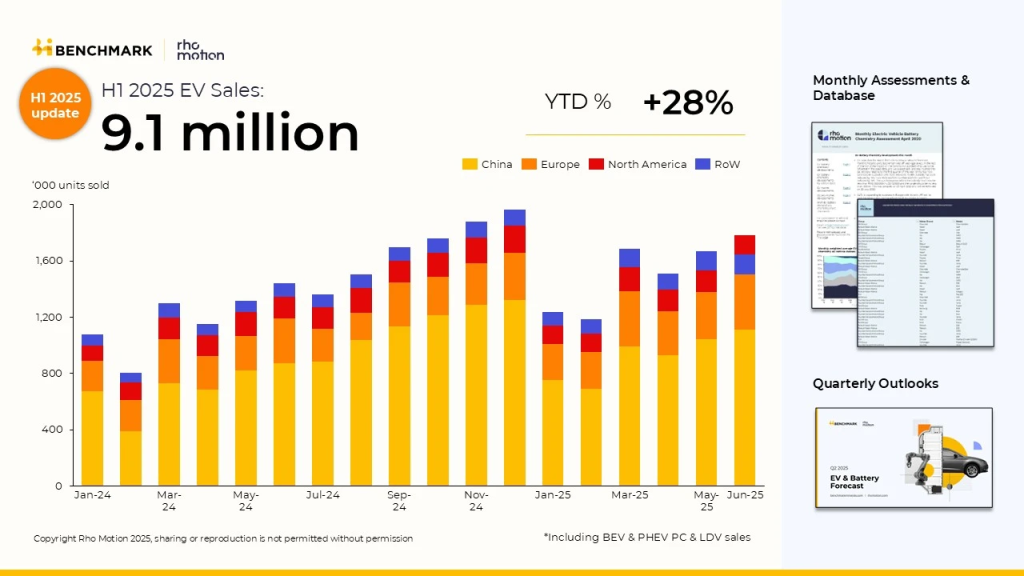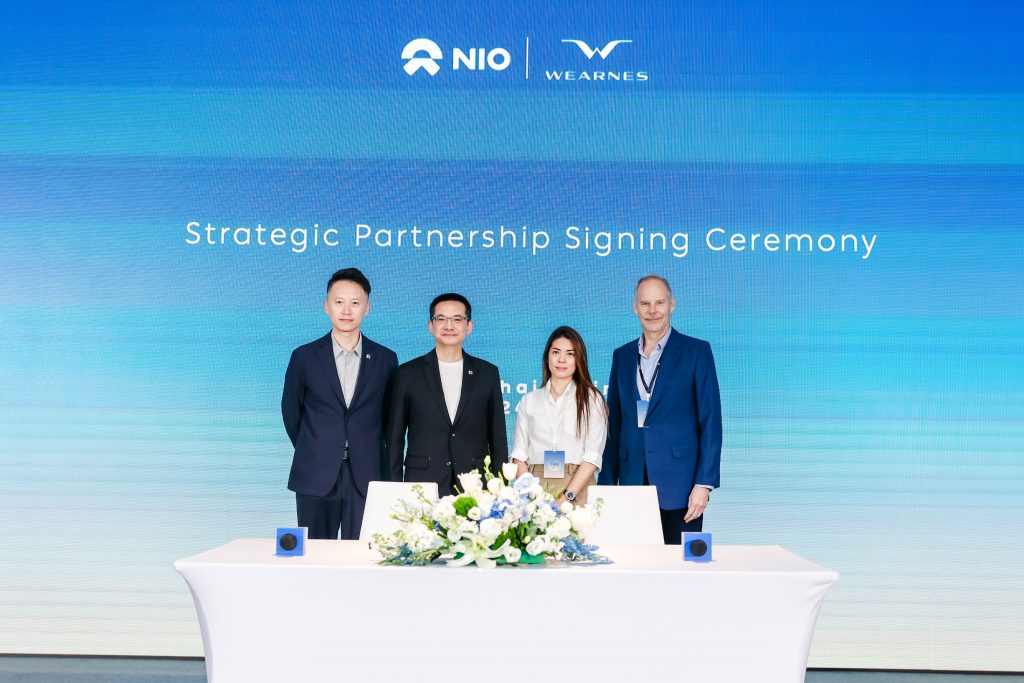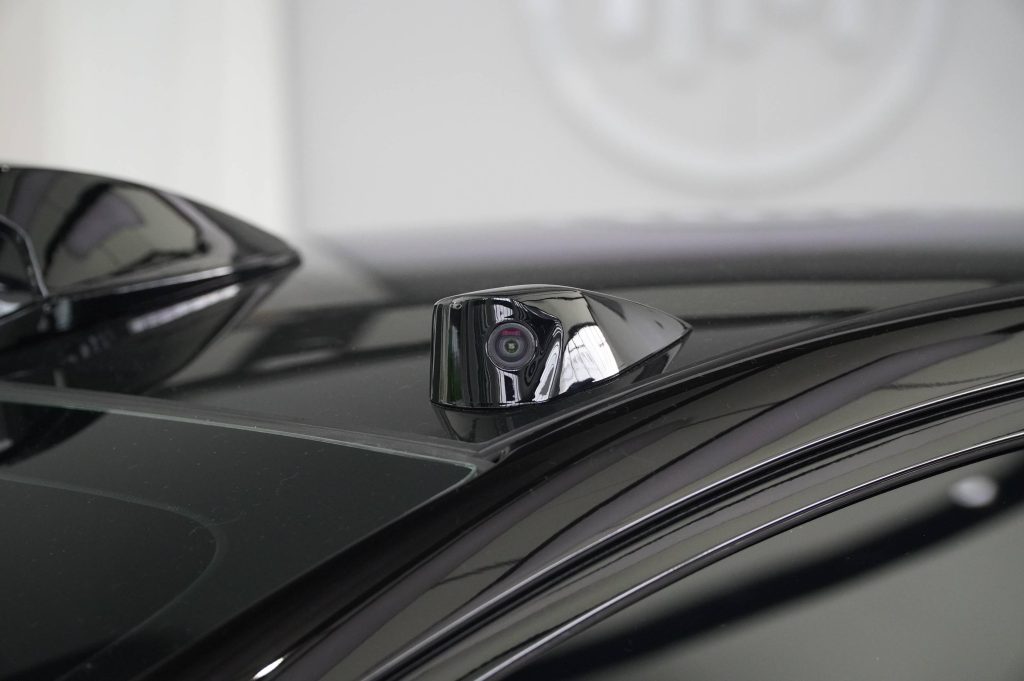The Chinese automotive aftermarket is bracing for a huge shift as new social insurance regulations take effect September 1st, eliminating long-standing loopholes that allowed repair shops and employees to mutually opt out of mandatory contributions. This regulatory tightening exposes the delicate balance between worker protections and business viability in one of China’s most labor-intensive service sectors.

THE COMPLIANCE IMPERATIVE
The Supreme Court’s recent judicial interpretation leaves no ambiguity – any prior “voluntary waiver” agreements between employers and employees regarding social insurance payments are now legally invalid (Regulation details in CN see https://www.hncourt.gov.cn/public/detail.php?id=201607) Employers failing to comply face substantial penalties: one month’s salary compensation per year of service for departing employees, with minimum half-month payouts for those employed under six months.
ZingEV team estimate only 50% of independent repair shops (excluding dealership/authorized service centers) currently provide statutory benefits. For a typical workshop with 10 technicians, full compliance would add approximately RMB 16K or USD 2,300 in monthly overhead – consuming up to 30% of existing profit margins according to shop owners.
The policy change arrives amid perfect storm conditions for repair businesses:
- Declining throughput: Average repair orders down 15% YoY as accident claims processing tightens and most car owners presently in a very tight financial situation.
- EV disruption: 70% of shops report inadequate capabilities servicing high-voltage systems (technicians are required to have high-voltage electrician certificates)
- Cost inflation: Rent and utilities increasing at 7-12% annually in tier-1/2 cities (I heard one workshop in Hangzhou, the rent has increased TEN folds for the past 15 years)

THE STAFFING PARADOX
Frontline technicians face an uncomfortable arithmetic – while social insurance provides crucial workplace injury protection (particularly relevant given the sector’s 14% higher-than-average occupational hazard rate), take-home pay reductions averaging 15-20% create immediate household budget crises.
“Survival today trumps security tomorrow,” remarked one Shanghai-based technician, echoing widespread sentiment. His monthly USD 150 compensation adjustment – the net effect of losing cash subsidies while absorbing new contributions – equals 30% of his rent payment. This explains why 60-70% technicians expressed preference for higher immediate compensation over benefit programs.
The sector’s chronic labor informality now backfires as opportunistic claims proliferate. One Guangzhou shop owner recounted a USD 11,500 arbitration payout to a technician who deliberately triggered contract termination clauses after 11 months employment – a growing trend of benefit claim exploitation.

STRUCTURAL RECKONING
Market consolidation appears inevitable. Leading chains like Tuhu and Tmall maintain compliance advantage with existing benefit structures, while mom-and-pop shops confront existential math:
- Option 1: Absorb USD 20,000 annual cost increase (for 10-employee workshop)
- Option 2: Transition to “partner model” shifting compliance burdens to individual technicians
- Option 3: Workforce reductions through automation (alignment racks) and service specialization
And customers will pay for this compliance theater. The regulatory cascade extends beyond insurance – upcoming workshop licensing reforms will mandate social insurance documentation, closing final verification loopholes. For an industry supporting 800,000 direct jobs, the path forward requires reimagining both labor value propositions and service monetization in China’s evolving mobility ecosystem.
This unfolding scenario presents a fundamental question: Can the aftermarket develop sustainable models that properly value human capital while remaining economically viable? The answer will define not just repair shops’ survival, but the very professionalism of China’s aftermarket.

EDITOR’S NOTE
The enforcement of social insurance compliance is more than just a policy update—it’s a stark test of the Chinese automotive aftermarket’s sustainability. With over 400,000 repair shops scrambling to adapt here in China, the regulation forces a long-overdue reckoning: Can this industry, built on informal labor practices, evolve without pricing itself—or its workers—into obsolescence?
From a societal perspective, the wages of China’s auto repair technicians are unreasonably LOW (somewhat from USD650-1500 per month as we investiaged in T1/T2 cities). The labor cost for repairs is severely undervalued, to the point where the salaries of auto mechanics bear no relation to the physical and mental effort they invest. This imbalance has turned auto repair into a profession looked down upon by society, despite its critical role in maintaining vehicle safety and functionality.

The road to hell, as they say, is paved with good intentions and terrible execution.I call on more people to pay attention to this issue.
Contact the author: sheng.ye@bwing.com.cn










![[POLICY WATCH] CHINA’S 2025 CAR SCRAPPAGE SCHEME: HOW NEVS ARE RESHAPING THE MARKET](http://www.zingevs.com/wp-content/uploads/2025/07/388ec94d-e2cc-4894-97e0-48762c7e4d1d-1024x615.jpg)










